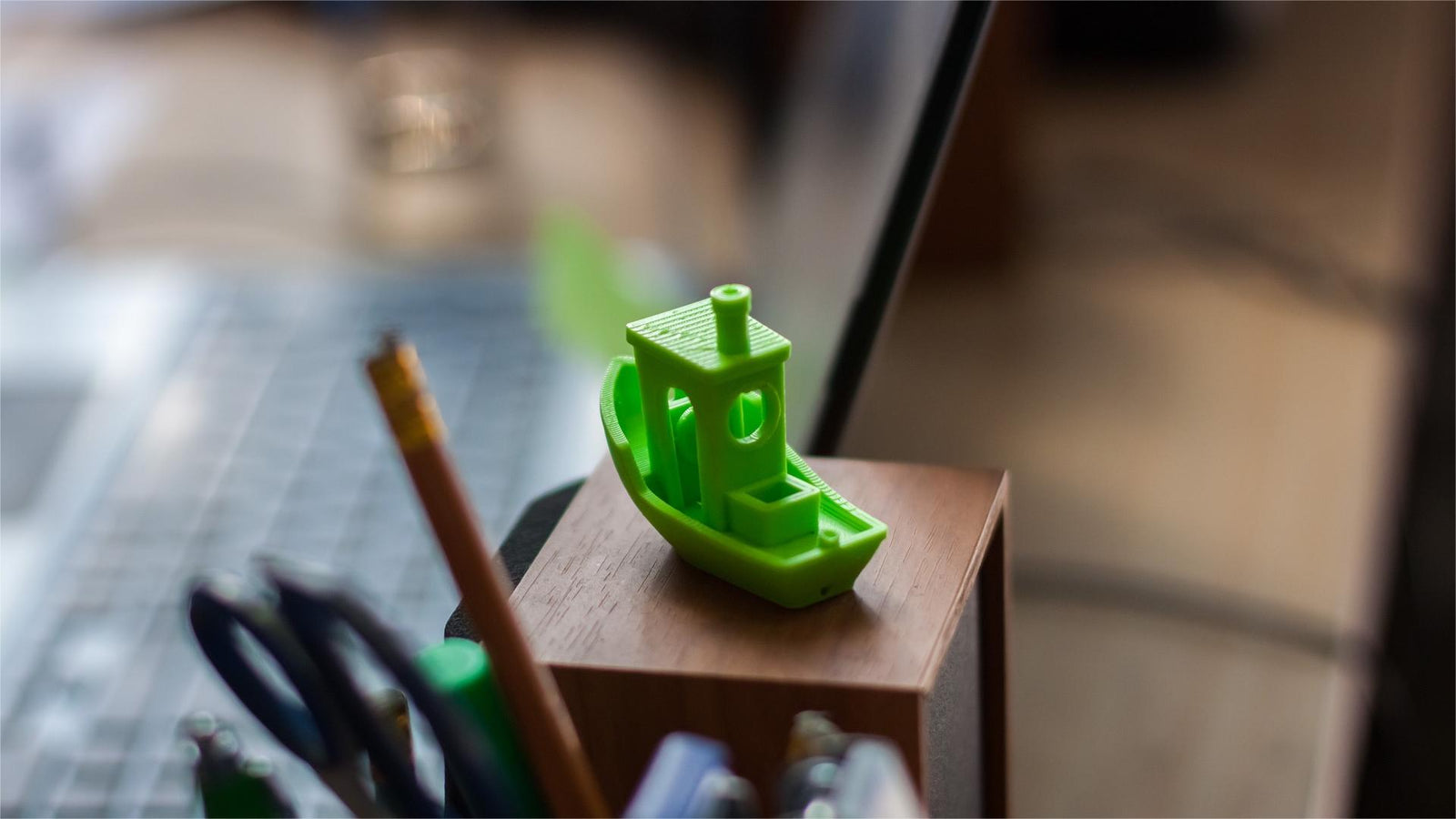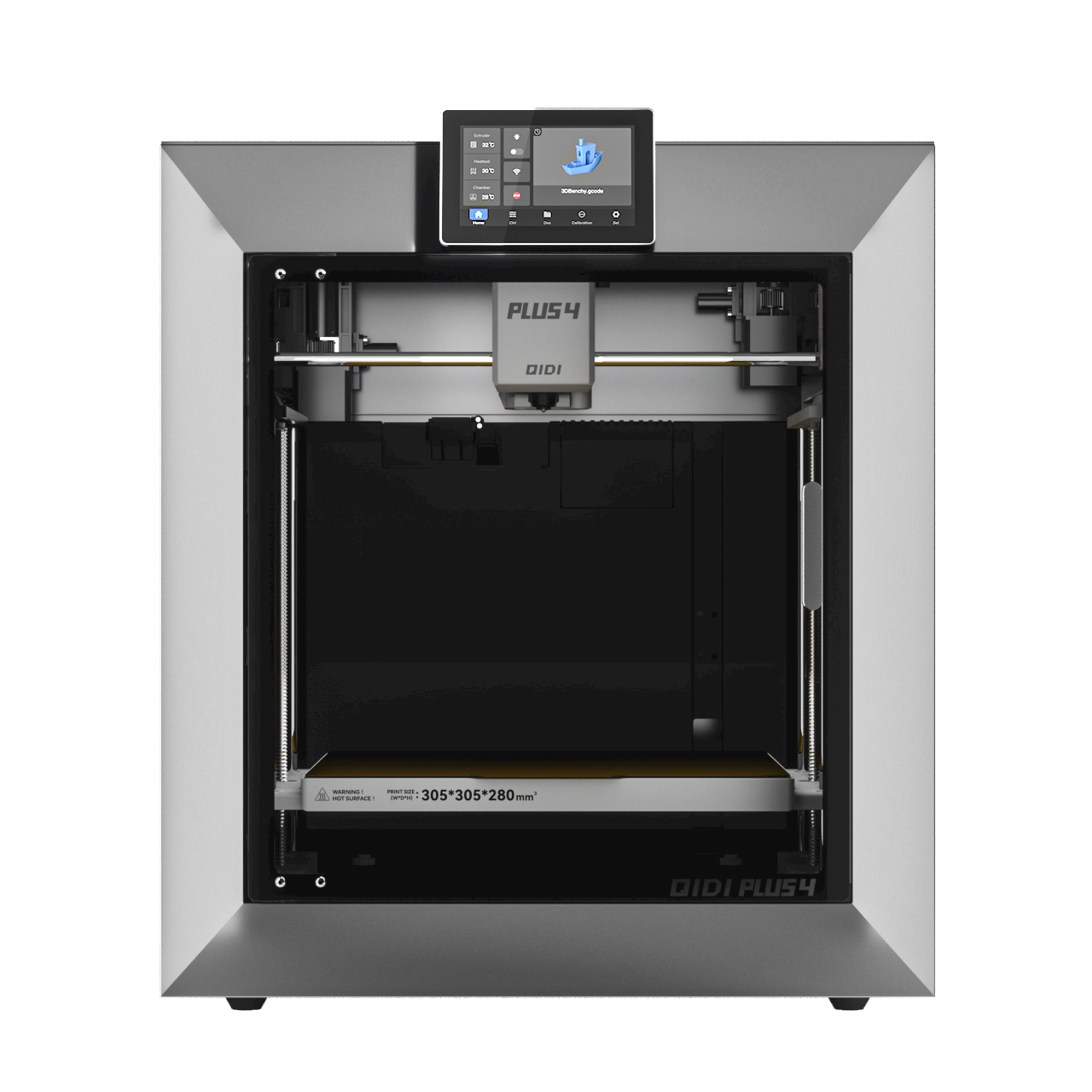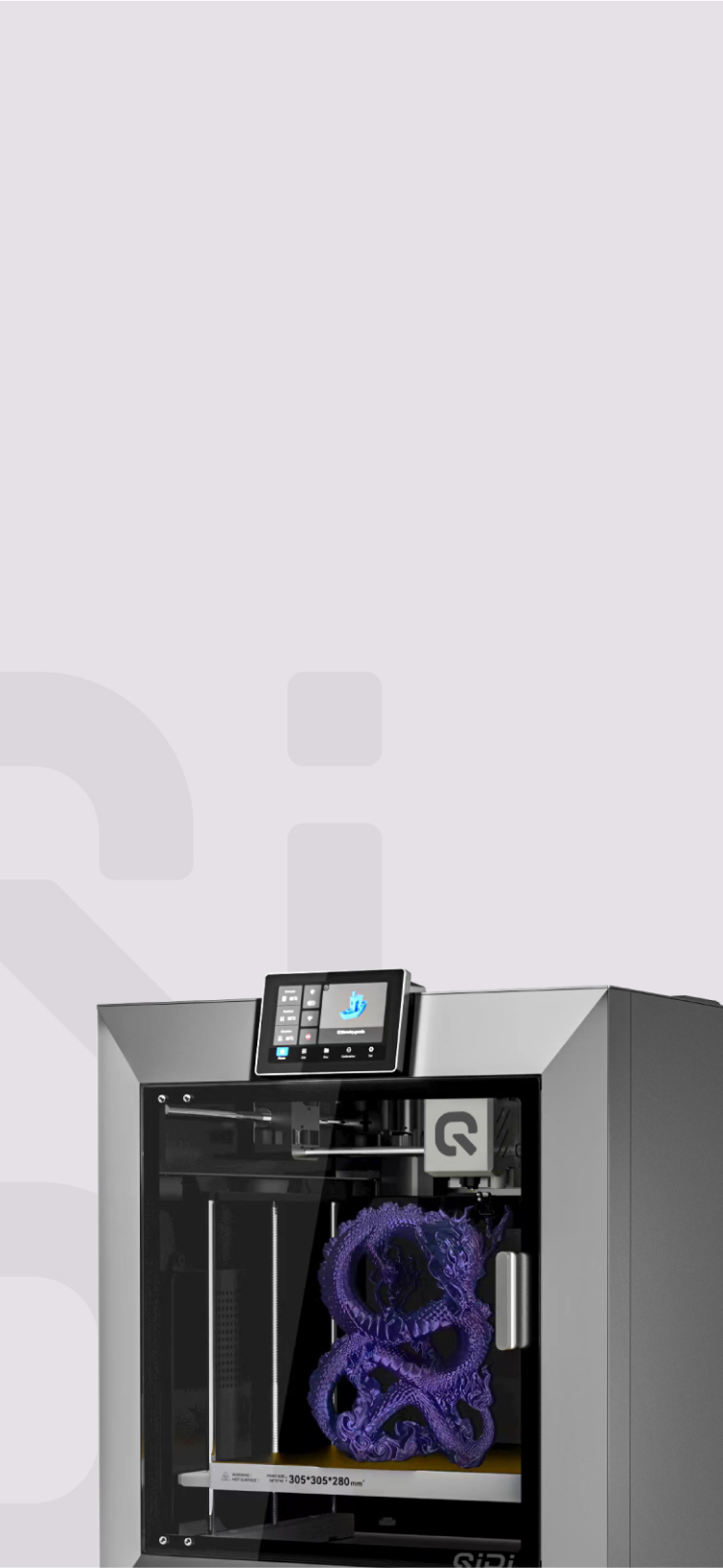A Comprehensive Guide to 3D Printing Materials


3D printing technology has revolutionized manufacturing and product design in recent years. Also known as additive manufacturing, 3D printing builds objects layer-by-layer using materials like plastics, metals, ceramics, and composites. As the capabilities of 3D printing hardware and materials continue to advance, more industries are adopting this technology. But with so many machines and material options now available, it can get overwhelming for newcomers. This guide aims to provide a comprehensive overview of common 3D printing technologies and materials.
Types of 3D Printing Technologies and Preferred Materials
Several methods exist for fusing materials during the layering process in 3D printing:
- Fused Deposition Modeling (FDM) printers extrude heated thermoplastic filaments through a nozzle onto the build plate. ABS and PLA plastics are commonly used.
- Stereolithography (SLA) solidifies liquid resin into hardened plastic using an ultraviolet laser beam directed by scanning mirrors. Resins are formulated for low viscosity and fast cure times.
- Selective Laser Sintering (SLS) sinters fine plastic, ceramic, or metal powders together with a high-power laser. No support structures are needed and complex internal features can be produced.
- Direct Metal Laser Sintering (DMLS) is a similar powder-bed technology designed specifically for processing high-strength metal alloys.
Other methods like material jetting and binder jetting can print in full color or use exotic metal alloys. The possibilities continue expanding as 3D printing technologies and materials advance.

Plastics in 3D Printing
Materials engineers continue pushing the capabilities of thermoplastics for FDM printing. Here are some advanced filaments capable of printing durable end-use products:
- ASA (acrylonitrile styrene acrylate)offers UV resistance close to ABS along with outdoor weather ability.
- PC (polycarbonate)produces super-strong plastic components able to replace machined metal parts in some cases. However, printing know-how is essential for good inter-layer adhesion.
- TPU (thermoplastic polyurethane) and flexible TPE filamentsenable rubber-like prints with exceptional bendability for applications like wearables or custom grips.
- PEEK (polyether ether ketone)withstands aggressive chemicals and sterilization procedures, making it suitable for manufacturing medical devices and scientific tools. However, the exorbitantly high price of PEEK filament severely limits adoption outside of industries.

Metals 3D Printing
Until recently metals were solely the domain of expensive SLS or DMLS industrial printers in the aerospace and medical sectors. Stainless steel, titanium, nickel, and aluminum alloys are commonly used. Smaller metal 3D printers designed for workshops, universities, and design studios now expand access thanks to lower hardware costs. Most use bound metal deposition to extrude composite filaments containing up to 70% metal powder content.
1. Stainless Steel – High Strength and Corrosion Resistance
Printing stainless steel grants exceptional dimensional stability for parts that see outdoor use or exposure to chemicals. The layer adhesion of bound metal deposition even permits printing bridges or overhangs without supports. Parts can be machined, tapped, and polished after sintering for properties resembling traditionally manufactured stainless steel.
2. Titanium – Extremely Light and Strong
Aerospace industries frequently work with titanium alloys due to strength-to-weight ratios surpassing aluminum. 3D printing complex titanium parts in one piece avoid the welded joints which weaken machined titanium structures. The high prices of titanium powder remain a barrier outside of industries like motorsports seeking lightweight metal components.
3. Aluminum – An Accessible Alternative Metal
Aluminum enjoys widespread use thanks to its low weight and corrosion resistance. Metal 3D printing makes it possible to consolidate custom aluminum parts built as assemblies in the past. Tooling prototypes, robotics components, and design models all benefit from 3D-printed aluminum. As printer costs fall further, small businesses can leverage rapid aluminum tooling without depending on external suppliers.
Ceramics and Exotic Materials 3D Printing
Technical ceramics made of alumina, zirconia, and silicon carbide require extremely high temperatures and precision tools to machine efficiently. Parts like ceramic pump impellers and missile guidance systems were previously impossible to produce outside of specialty foundries. 3D printing eliminates these barriers with powder-bed technologies sintering complex ceramic components.
Plus, the possibilities expand beyond just ceramics. As more research investigates using metal and ceramic powders with binder jetting, even rare and precious materials like silver or gold can be 3D printed. The technology may facilitate customized medical implants or electronics integrating conductive traces printed from actual copper or graphene paste. We are only beginning to explore the potential spanning 3D-printed ceramics, glass, and exotic materials.
Composite Materials and 3D Printing
While plastics, metals, and ceramics remain the conventional materials used in manufacturing, composites combining polymers with other reinforcements provide superior mechanical characteristics unattainable through conventional methods.
1. 3D Printed Carbon Fiber Composites
FDM printing with carbon fiber filament fills parts with a lightweight and rigid polymer. The stiff filaments require hardened steel nozzles to print abrasion-resistant components stronger than nylon and approaching aluminum. applications range from custom quadcopter frames to high-performance auto parts.
2. Metal and Wood Filled Composites
Fused deposition modeling also easily combines standard ABS and PLA plastics with metal powders or wood pulp to alter aesthetic, thermal, and functional properties. Brass, copper, and bronze-infused prints resemble machined metal visually while retaining the lighter weight of plastics. Wood-filled lament even captures realistic grain patterns for furniture prototypes.

How to Select Your Ideal 3D Printing Materials
With so many machines and materials now available for every application and budget, properly matching print technology to design goals and material requirements takes research and consideration of these key factors:
- Part functionality - Will it undergo loads or harsh environmental conditions?
- Dimensional accuracy and print precision needed
- Mechanical properties like rigidity, wear resistance, or temperature limits
- Material costs - Exotic filaments can carry premium pricing
- Post-processing ease - Some material's print supports are easier to remove
- Your 3D printer model and specifications - Material capabilities vary.
A comparison of popular 3D printing materials using key characteristics
| Material | Properties | Printing Parameters | Cost |
|---|---|---|---|
| PLA | Medium strength, low flexibility, moderate durability | 180-230°C | Low |
| ABS | Strong, moderately flexible, highly durable | 210-250°C | Medium |
| PETG | Strong and flexible, high durability | 230-260°C | Medium |
| TPU | Medium strength, very high flexibility, moderate durability | 220-250°C | Medium-High |
| Nylon | High strength and flexibility, excellent durability | 240-260°C | High |
| PEEK | Extremely strong, minimally flexible, very high durability | 360-400°C | Very High |
| Resin | Strength and durability vary by type, not flexible, UV-cured | N/A | High |
Gaining experience remains crucial before attempting complex builds. Constant material innovations also give 3D printers more capabilities every year. Referencing quantitative data like safety or technical sheets aids engineers and designers when selecting and qualifying the optimal material for each application.
Post-Processing 3D Printed Objects
A fresh print straight off the build plate rarely satisfies requirements out of the box. Various finishing processes improve strength, aesthetics, and functionality:
- Removing Support Structures– Break away supports or dissolve them in chemical baths.
- Sanding and Filing– Smoothens superficial stepping between layers visible in prints.
- Priming and Painting– SLA prints in particular need smoothed, sealed, and painted to hide print layer steps revealed after sanding.
- Joining Parts- Glue components using solvents, epoxies, or MABS welds pool seams.
- Metal Prints– Require debinding and sintering cycles to burn off polymers and fuse the powders into solid metals.
The Future of 3D Printing Materials
3D printing continues to expand from niche rapid prototyping purposes towards final part manufacturing across industries. With economies of scale, lower printer costs, and a wider range of materials, a future of entirely distributed and on-demand production is plausible. But true sustainability depends on reshaping supply chains to conserve resources as technologies advance.
Breakthroughs in renewable bioplastics and green chemistry can minimize waste and energy usage during material synthesis for 3D printers. Recyclability also needs more consideration during the formulation of new composites or technical polymers. With collaborative efforts across businesses, researchers, and regulators, 3D printing could provide climate-friendly and equitable access to manufactured goods globally.

The Takeaway
As printers and materials advance to offer greater precision, strength, and functionality at lower costs, the possibilities are endless. With knowledge of the fundamental methods, materials, and post-processing techniques covered here, engineers can leverage 3D printing to imagine entirely new product designs and businesses. Maintaining responsible and sustainable practices as 3D printing propagates further will ensure the technology builds towards an equitable and prosperous future worldwide.


 Q2
Q2
 QIDI Box
QIDI Box
 Plus 4
Plus 4
 Q1 Pro
Q1 Pro
 X-Max 3
X-Max 3

